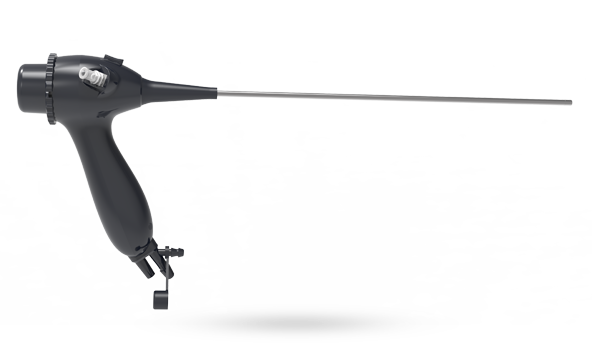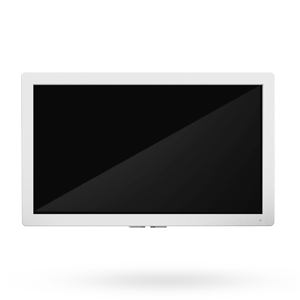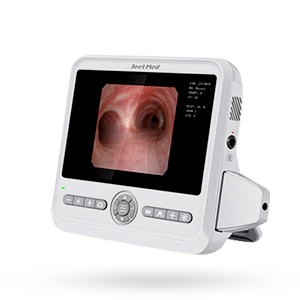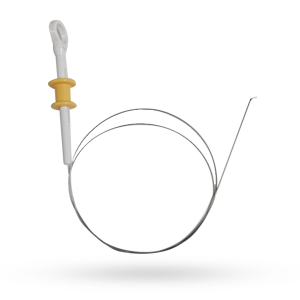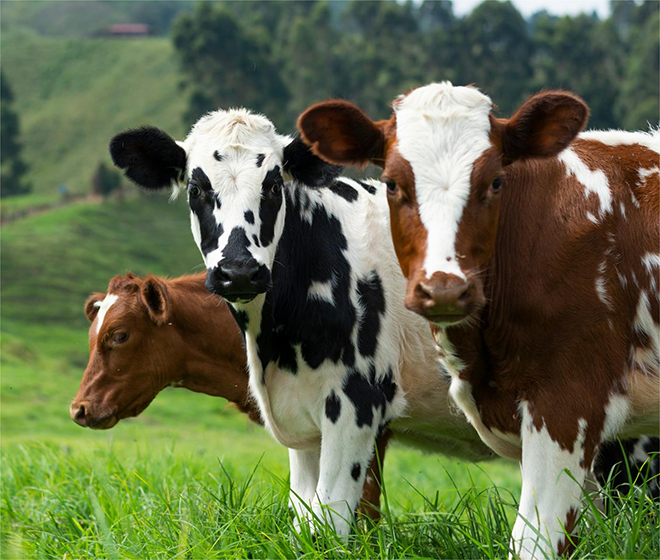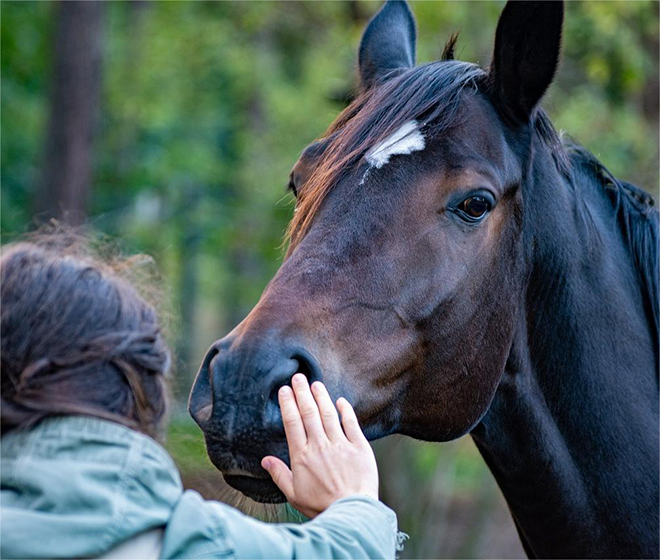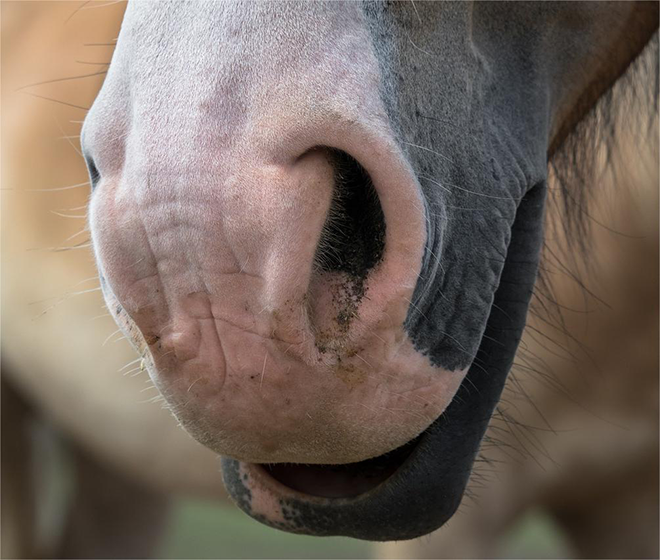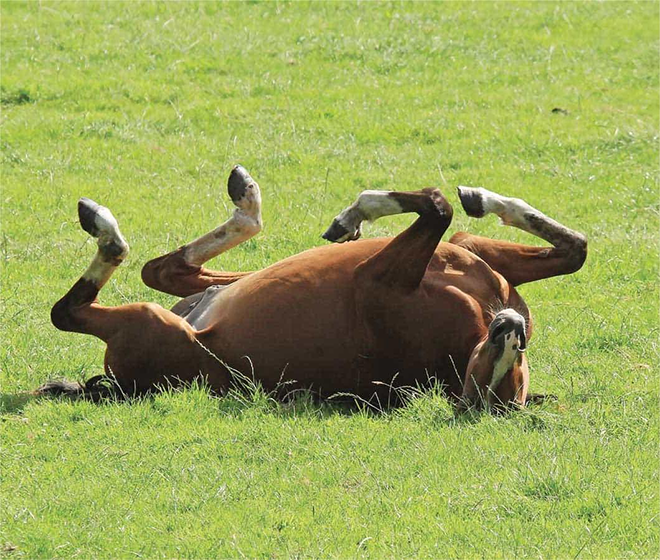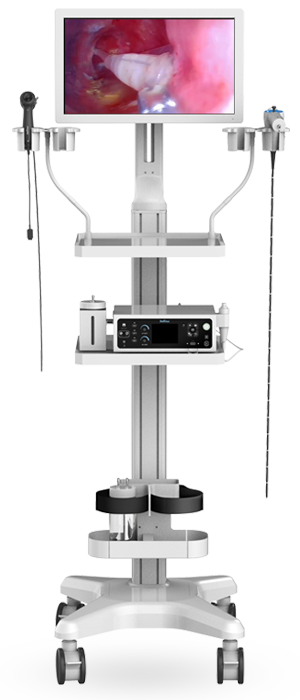High-performance portable veterinary endoscopes with four-layer medical grade long flexible or stainless steel rigid insertion tube designed for large animals such as equine (horses), bovine (ox, cow, bull or buffalo), or large zoo animals (rhinoceros, giraffe, dolphin, etc.)
The application and value of endoscopy in large animals have significantly advanced veterinary medicine, providing essential diagnostic and therapeutic capabilities. Endoscopy, a minimally invasive technique, allows for direct visualization and intervention within the animal passages and hollow organs of large animals such as horses, cattle, and camels.



